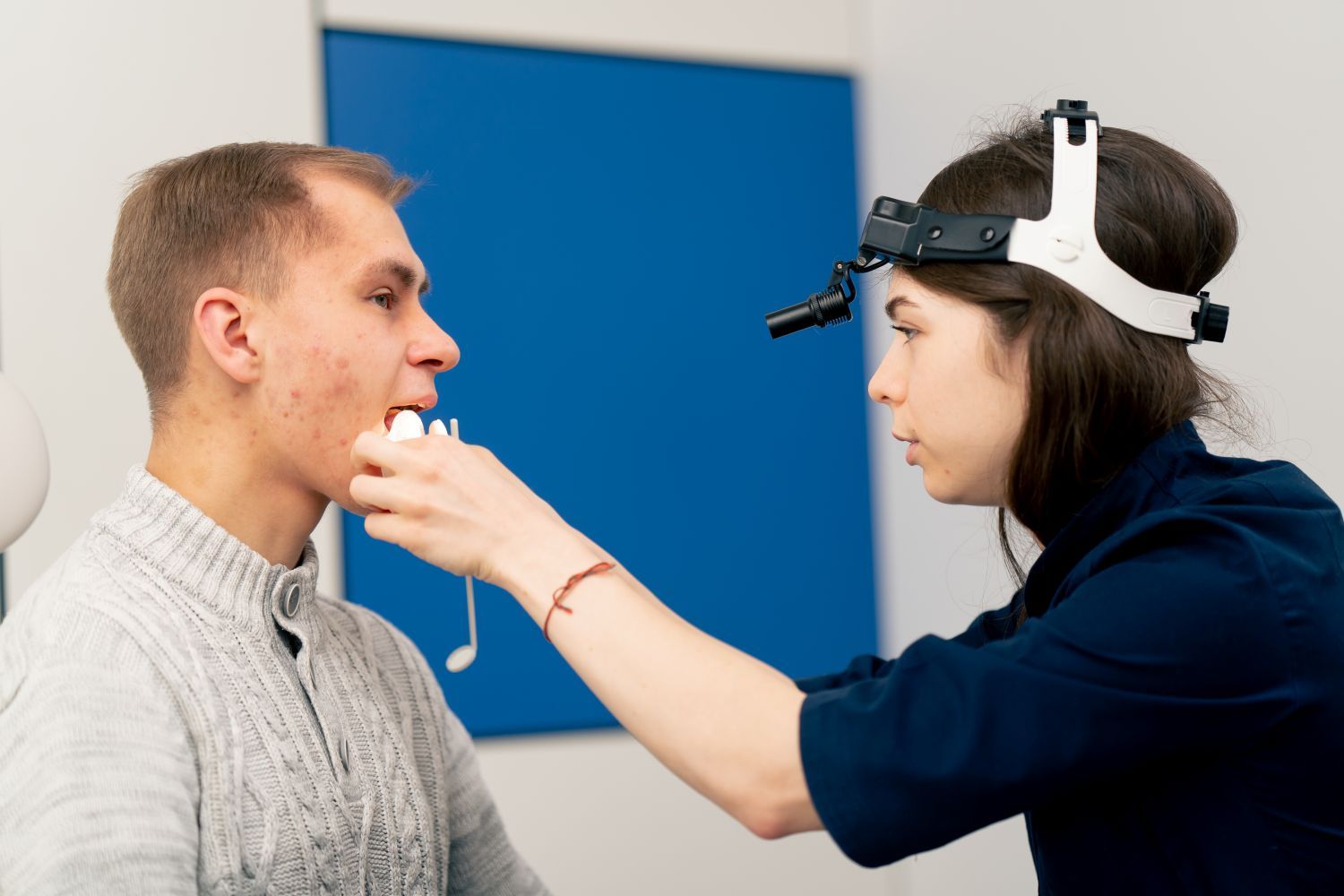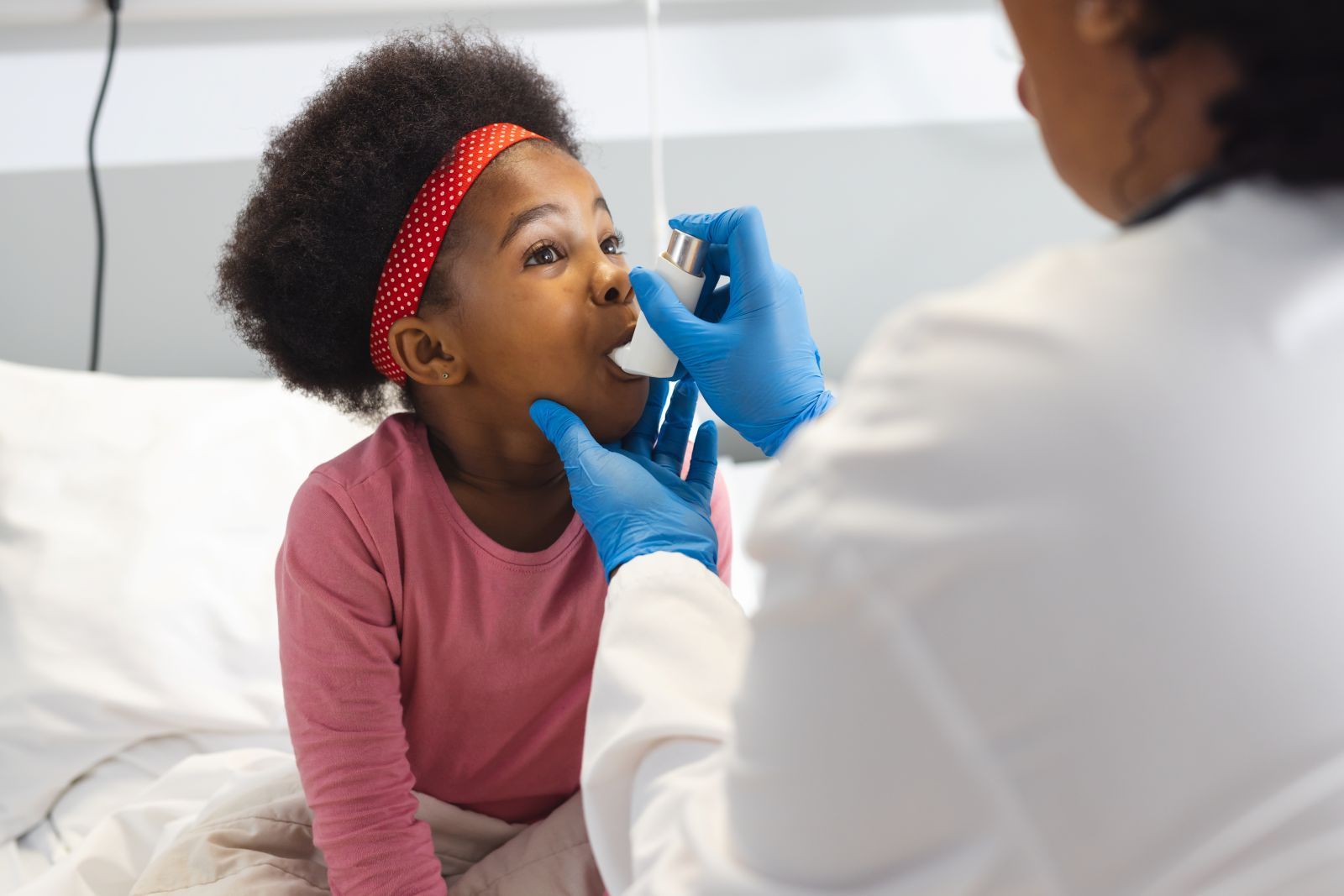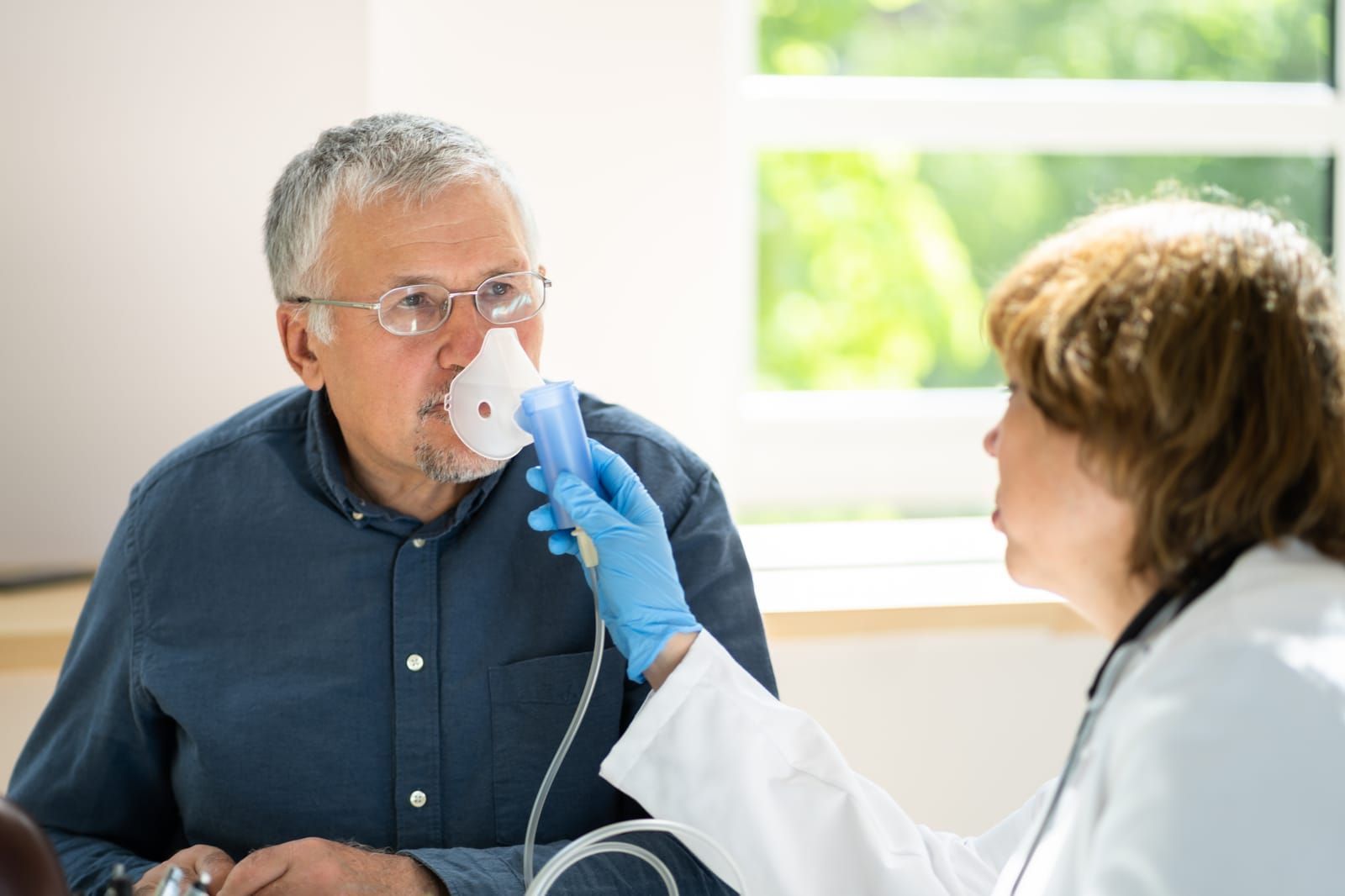Collaborative Care: When Physicians Should Refer Sinusitis Patients to a Dentist
The Hidden Link Between Sinusitis and Dental Health
As healthcare professionals, particularly in ENT, we frequently encounter patients with chronic or recurrent sinusitis that fail to respond to standard treatments. But what if the source of the problem isn’t in the sinuses themselves—but in the teeth?
Recent studies published in March 2025 show that up to 40% of maxillary sinusitis cases are odontogenic. Despite this significant finding, the diagnosis of odontogenic sinusitis often goes unnoticed, leading to unnecessary treatments and prolonged patient suffering.
This guide will help physicians, PAs, NPs, and healthcare teams recognize when sinusitis has a dental origin and how collaboration with dentists can lead to faster, more effective treatment.
Why Dental Pathology Matters in ENT Practice
The maxillary sinus and posterior teeth are anatomically very close, sometimes separated by less than 1mm of bone. This proximity makes the maxillary sinus prone to infections originating from dental pathology.
Common Dental Issues Contributing to Sinusitis:
- Periapical abscesses (especially in non-vital teeth)
- Failed endodontic therapy (e.g., leaky or improperly treated root canals)
- Oroantral fistulae (commonly after tooth extractions)
- Implant-related sinusitis (increasing with dental implant trends)
Key Insight: Without addressing the underlying dental issue, even the most aggressive sinus treatments may fail, leading to prolonged symptoms or recurrence.
Recognizing Odontogenic Sinusitis: Clinical Clues
Physicians should remain vigilant for certain signs that suggest a dental origin for sinusitis. Here are some red flags to consider:
1. The Unilateral Sinusitis:
- Persistent one-sided sinus symptoms despite appropriate medical management
- Focal pain over the maxillary teeth or cheek
2. The Bad Taste Test:
3. The Dental History:
- Recent dental extractions or implants (ask specifically about these)
- Intermittent tooth pain that patients might overlook or forget to mention
4. Imaging Clues:
- CT scans showing periapical lucency or bone loss around teeth
- Sinus opacification adjacent to tooth roots
Workup: A Structured Approach
1. Thorough History Taking
Instead of a general question like, “Do you have any dental problems?” ask specifically:
- “Have you had any dental work, extractions, or implant placements in the past year?”
2. Perform a Focused Oral Examination
- Percuss posterior maxillary teeth to check for tenderness (an indicator of possible abscesses or root infection).
- Examine for gingival inflammation near the sinus area.
3. Imaging Considerations
- Cone Beam CT (CBCT): The gold standard for detailed bone and root analysis
- Panoramic radiograph: Useful for an initial screening
- MDCT with dental windows: Can reconstruct scans to highlight dental structures
Pro Tip: When reviewing sinus CTs, always scroll down to examine the tooth roots—this is crucial for identifying dental-related sinusitis.
When to Refer: Knowing When to Call in a Specialist
Certain clinical scenarios warrant a direct referral to a dentist or oral surgeon. Here’s a quick reference guide:
| Clinical Scenario | Action Item |
|---|---|
| Tooth #14 with periapical abscess + maxillary sinusitis | Urgent referral to a dentist (root canal or extraction needed) |
| Post-extraction sinus symptoms | Referral to oral surgery (rule out oroantral fistula) |
| Implant protruding into sinus | Co-management with a prosthodontist and ENT specialist |
| Idiopathic unilateral sinusitis | Obtain dental imaging before considering functional endoscopic sinus surgery (FESS) |
The Power of Collaboration: Better Patient Outcomes
Collaboration between physicians, ENTs, and dentists can drastically improve patient outcomes by:
- Ensuring accurate diagnosis (is it a sinus issue or a dental problem?)
- Offering targeted treatments (e.g., antibiotics won’t resolve a dental abscess)
- Preventing complications like osteomyelitis, brain abscess, or chronic sinusitis
Multidisciplinary Care Leads to Better Sinusitis Outcomes
By recognizing when sinusitis may have a dental origin and seeking collaboration with dental professionals, physicians can provide patients with the most effective care. This multidisciplinary approach not only improves treatment outcomes but also reduces the risk of chronic complications, leading to better overall health.
Join the Snot Force Alliance
The Snot Force Alliance brings together healthcare providers from various specialties to tackle complex sinus and airway issues. By collaborating with a diverse team of clinicians, researchers, and healthcare professionals, we can improve care for patients with sinus and airway conditions. Join the Snot Force Alliance today and be part of the solution!












